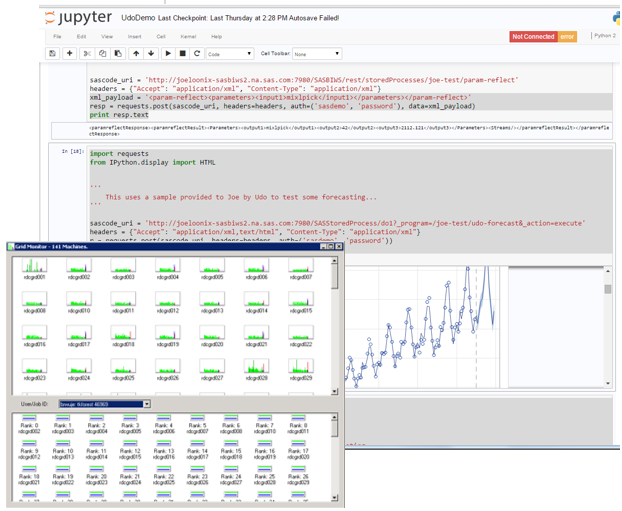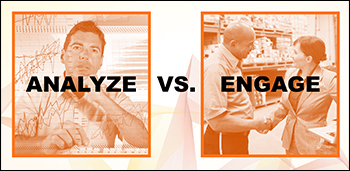
It's that time of year again - time to choose what Halloween candy to buy for the trick-or-treaters! This is always a tough decision that has me angsting in the candy aisle. And if selecting the perfect candy wasn't enough pressure, my city (Cary, NC) was recently recognized as #1 on














































